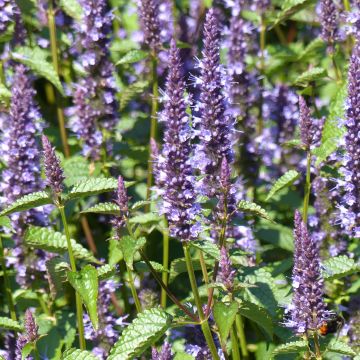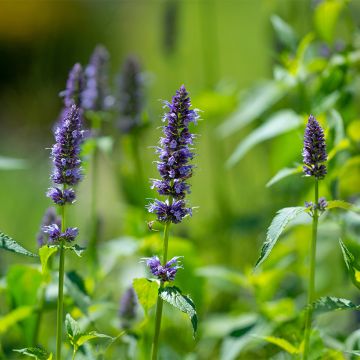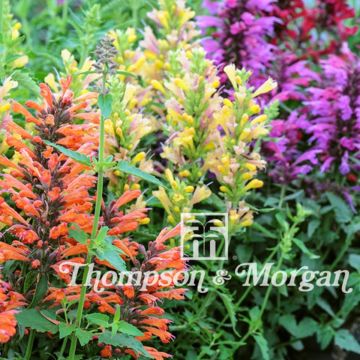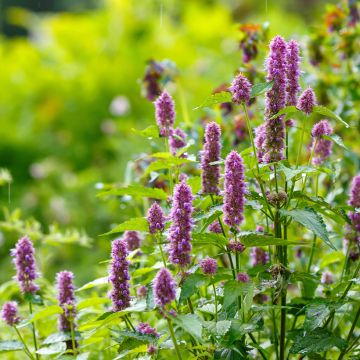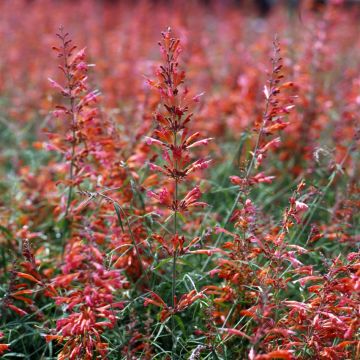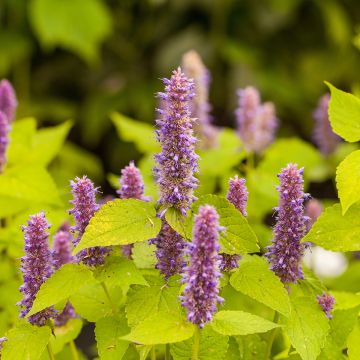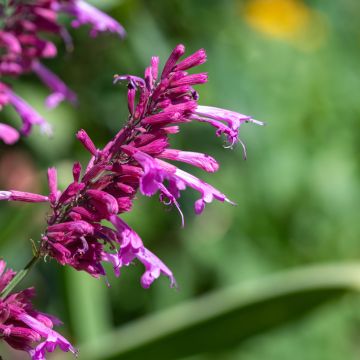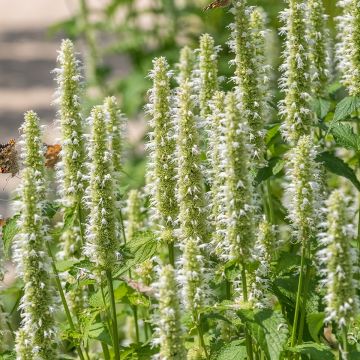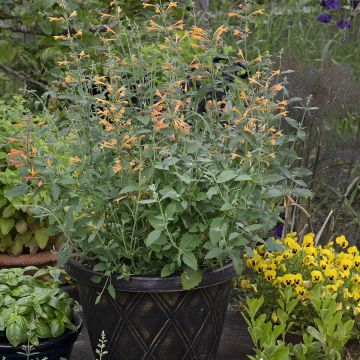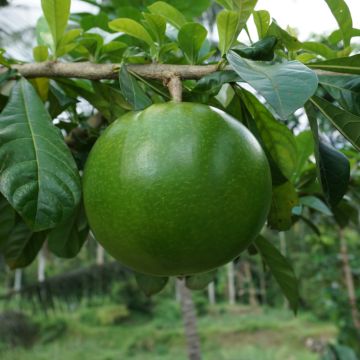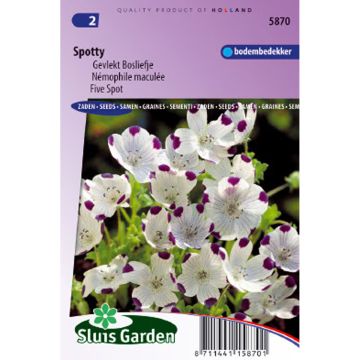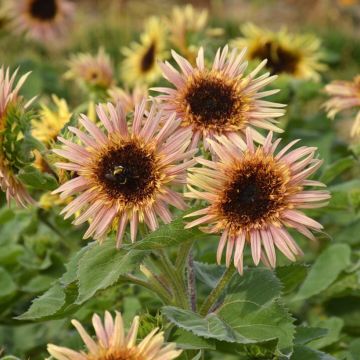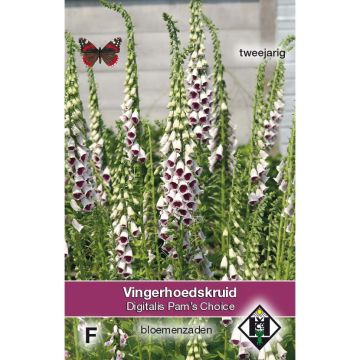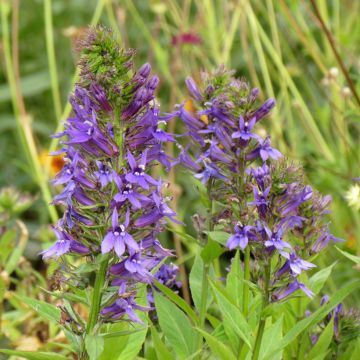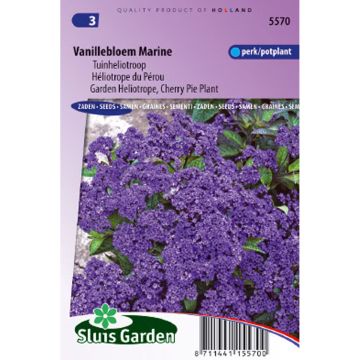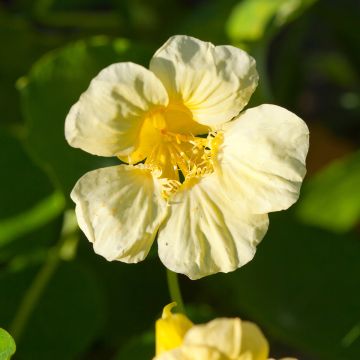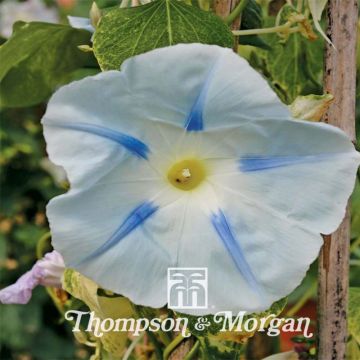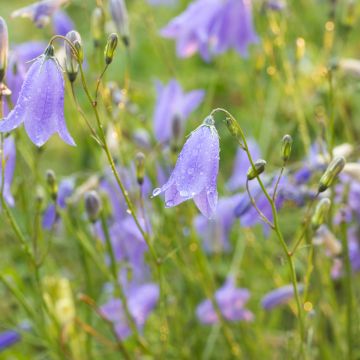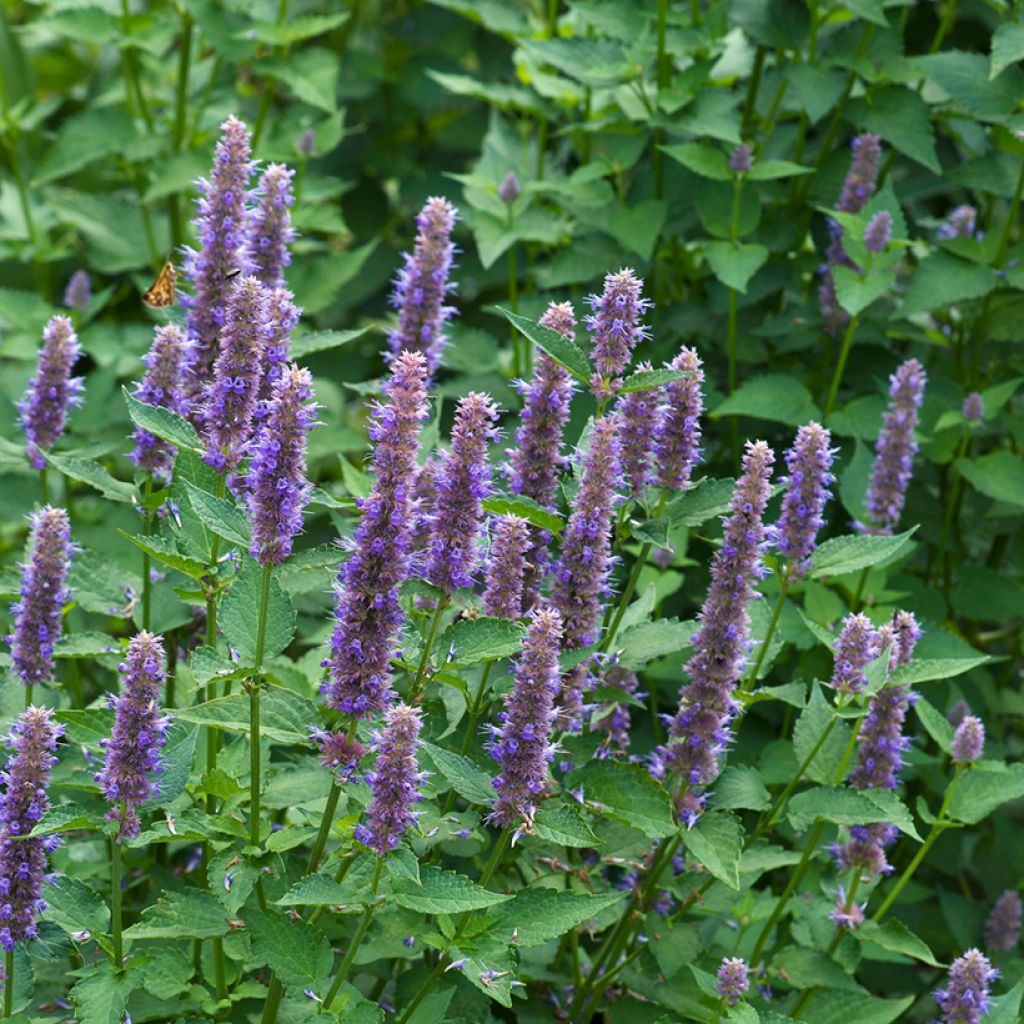

Agastache foeniculum
Agastache foeniculum
Agastache foeniculum
Anise Hyssop, Blue Giant Hyssop, Fragrant Giant Hyssop
Planted in the open ground, in a sunny garden border. Offers a lovely flowering in midsummer. Refreshing teas, very aniseed, with a slight hint of bitterness. Very pleasant. I recommend.
Caroline, 11/07/2020
This item cannot be shipped to the selected country
Dispatch by letter from €3.90
More information
Schedule delivery date,
and select date in basket
This plant carries a 6 months recovery warranty
More information
We guarantee the quality of our plants for a full growing cycle, and will replace at our expense any plant that fails to recover under normal climatic and planting conditions.
Seed-only orders are dispatched by sealed envelope. The delivery charge for seed-only orders is €3.90.

Does this plant fit my garden?
Set up your Plantfit profile →
Description
Often cultivated as an annual, this Agastache foeniculum, also known as Anise Hyssop, is covered in summer with long spikes adorned with tiny violet to mauve, highly fragrant flowers above its aromatic grey-green foliage. Perfect for wilder areas of the garden or as a culinary plant. It thrives in full sun or partial shade, in ordinary, moist, well-drained soil.
Agastache foeniculum is a plant from the Lamiaceae family, native to North America. In nature as well as in the garden, it hybridises easily with other Agastache species and self-seeds abundantly. Growing from 45 cm (17.7 in) to 1.2 m (3 ft 11 in) depending on the soil and climate, it forms an upright herbaceous clump. Its angled stems are adorned with pubescent leaves that are grey-green on top and whitish on the underside; they are thin and elongated, with coarsely dentate edges, 8 cm (3.1 in) long, and give off an anise scent. It is mainly cultivated for the beauty of its long floral spikes that appear during summer, from July to October. The small bilabiate tubular flowers are densely packed in terminal spikes, 4 to 8 cm (1.6 to 3.1 in) long, vividly coloured (blue, mauve, or white) and exuding a powerful anise fragrance. Wild varieties have blue petals, mauve calyces, and bracts.
Anise hyssop is an easy-to-grow and very robust plant. It can withstand light frosts, around -7 °C (19.4 °F). It will find its place in natural or countryside-style flower beds, or in the vegetable garden where it can accompany thyme, savory, chervil, or basil. Dried flowers can be well preserved in bouquets. The leaves are traditionally used in cooking as a substitute for anise or in herbal teas after drying.
Report an error about the product description
Flowering
Foliage
Plant habit
Botanical data
Agastache
foeniculum
Lamiaceae
Anise Hyssop, Blue Giant Hyssop, Fragrant Giant Hyssop
Agastache anisata
North America
Other Agastache seeds
Planting and care
Sow the agastache seeds from February to July in trays, pots, etc., in a special light potting soil that should be placed in a propagator or in a warm place to maintain an optimal temperature of 15 to 18 °C (59 to 64.4 °F). Sow in a well-drained substrate, barely covering the seed. Germination usually takes 14 to 30 days.
Transplant the young plants when they are large enough to be handled. Then harden them off and plant them outside when all risk of frost has passed. Space the plants 30 cm (11.8 in) apart. Plant them in well-drained soil, in a sunny location.
Agastache is a sturdy and undemanding plant. It adapts to most soils, even limestone and clay, as long as they are properly drained. In heavy soil, incorporate gravel or coarse sand into the garden soil. It prefers a sunny exposure or, at most, partial shade. It can self-seed abundantly and become invasive. It withstands moderate frost (-5 to -7 °C (23 to 19.4 °F)). To keep the plants over winter, it will be necessary to protect the stumps under a thick mulch in case of severe frost. Protect from slugs and snails.
Sowing period
Intended location
-
, onOrder confirmed
Reply from on Promesse de fleurs
Flower seeds
Haven't found what you were looking for?
Hardiness is the lowest winter temperature a plant can endure without suffering serious damage or even dying. However, hardiness is affected by location (a sheltered area, such as a patio), protection (winter cover) and soil type (hardiness is improved by well-drained soil).

Photo Sharing Terms & Conditions
In order to encourage gardeners to interact and share their experiences, Promesse de fleurs offers various media enabling content to be uploaded onto its Site - in particular via the ‘Photo sharing’ module.
The User agrees to refrain from:
- Posting any content that is illegal, prejudicial, insulting, racist, inciteful to hatred, revisionist, contrary to public decency, that infringes on privacy or on the privacy rights of third parties, in particular the publicity rights of persons and goods, intellectual property rights, or the right to privacy.
- Submitting content on behalf of a third party;
- Impersonate the identity of a third party and/or publish any personal information about a third party;
In general, the User undertakes to refrain from any unethical behaviour.
All Content (in particular text, comments, files, images, photos, videos, creative works, etc.), which may be subject to property or intellectual property rights, image or other private rights, shall remain the property of the User, subject to the limited rights granted by the terms of the licence granted by Promesse de fleurs as stated below. Users are at liberty to publish or not to publish such Content on the Site, notably via the ‘Photo Sharing’ facility, and accept that this Content shall be made public and freely accessible, notably on the Internet.
Users further acknowledge, undertake to have ,and guarantee that they hold all necessary rights and permissions to publish such material on the Site, in particular with regard to the legislation in force pertaining to any privacy, property, intellectual property, image, or contractual rights, or rights of any other nature. By publishing such Content on the Site, Users acknowledge accepting full liability as publishers of the Content within the meaning of the law, and grant Promesse de fleurs, free of charge, an inclusive, worldwide licence for the said Content for the entire duration of its publication, including all reproduction, representation, up/downloading, displaying, performing, transmission, and storage rights.
Users also grant permission for their name to be linked to the Content and accept that this link may not always be made available.
By engaging in posting material, Users consent to their Content becoming automatically accessible on the Internet, in particular on other sites and/or blogs and/or web pages of the Promesse de fleurs site, including in particular social pages and the Promesse de fleurs catalogue.
Users may secure the removal of entrusted content free of charge by issuing a simple request via our contact form.
The flowering period indicated on our website applies to countries and regions located in USDA zone 8 (France, the United Kingdom, Ireland, the Netherlands, etc.)
It will vary according to where you live:
- In zones 9 to 10 (Italy, Spain, Greece, etc.), flowering will occur about 2 to 4 weeks earlier.
- In zones 6 to 7 (Germany, Poland, Slovenia, and lower mountainous regions), flowering will be delayed by 2 to 3 weeks.
- In zone 5 (Central Europe, Scandinavia), blooming will be delayed by 3 to 5 weeks.
In temperate climates, pruning of spring-flowering shrubs (forsythia, spireas, etc.) should be done just after flowering.
Pruning of summer-flowering shrubs (Indian Lilac, Perovskia, etc.) can be done in winter or spring.
In cold regions as well as with frost-sensitive plants, avoid pruning too early when severe frosts may still occur.
The planting period indicated on our website applies to countries and regions located in USDA zone 8 (France, United Kingdom, Ireland, Netherlands).
It will vary according to where you live:
- In Mediterranean zones (Marseille, Madrid, Milan, etc.), autumn and winter are the best planting periods.
- In continental zones (Strasbourg, Munich, Vienna, etc.), delay planting by 2 to 3 weeks in spring and bring it forward by 2 to 4 weeks in autumn.
- In mountainous regions (the Alps, Pyrenees, Carpathians, etc.), it is best to plant in late spring (May-June) or late summer (August-September).
The harvesting period indicated on our website applies to countries and regions in USDA zone 8 (France, England, Ireland, the Netherlands).
In colder areas (Scandinavia, Poland, Austria...) fruit and vegetable harvests are likely to be delayed by 3-4 weeks.
In warmer areas (Italy, Spain, Greece, etc.), harvesting will probably take place earlier, depending on weather conditions.
The sowing periods indicated on our website apply to countries and regions within USDA Zone 8 (France, UK, Ireland, Netherlands).
In colder areas (Scandinavia, Poland, Austria...), delay any outdoor sowing by 3-4 weeks, or sow under glass.
In warmer climes (Italy, Spain, Greece, etc.), bring outdoor sowing forward by a few weeks.

































